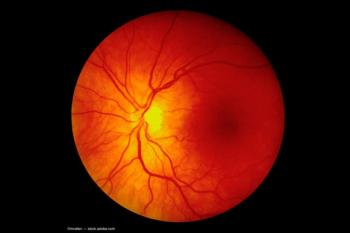
Bausch + Lomb receives CPT Category 1 Code for triamcinolone acetonide injectable suspension (XIPERE) from American Medical Association
XIPERE is the first and only therapy available in the United States that utilizes the suprachoroidal space to treat patients suffering from macular edema associated with uveitis.
Bausch + Lomb announced the American Medical Association (AMA) has confirmed assignment of the Category 1 Current Procedural Terminology (CPT) code for its triamcinolone acetonide injectable suspension XIPERE. The company announced the assignment in a press release.1
The AMA has granted the CPT code 67516 with support from the American Academy of Ophthalmology (AAO) and the American Society of Retina Specialists (ASRS), according to Bausch + Lomb.
“The category 1 code will help facilitate better access and adoption of XIPERE and its unique suprachoroidal injection method, which enables targeted delivery of the medication,” said Andrew Stewart, president, Global Pharmaceuticals and International Consumer, Bausch + Lomb in the press release. “We greatly appreciate the support and guidance AAO and ASRS provided throughout this process.”
The new CPT Category 1 code and their descriptors covering the XIPERE procedure will be included in a future edition of the CPT Codebook and will be effective on January 1, 2024, according to the company. The XIPERE J-code J3299 became effective in July 2022.1
XIPERE is the first and only therapy available in the United States that utilizes the suprachoroidal space to treat patients suffering from macular edema associated with uveitis, and became commercially available in March 2022.1
References:
Bausch + Lomb Receives CPT Category 1 Code for XIPERE® (Triamcinolone Acetonide Injectable Suspension) From the American Medical Association. Press Release. Released November3, 2023. Accessed November 7, 2023. https://www.bausch.com/news/?id=189
Newsletter
Don’t miss out—get Ophthalmology Times updates on the latest clinical advancements and expert interviews, straight to your inbox.













































